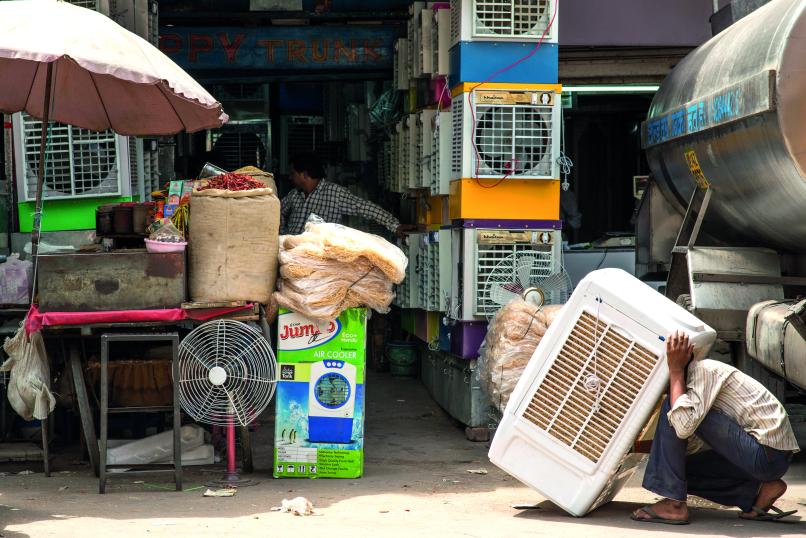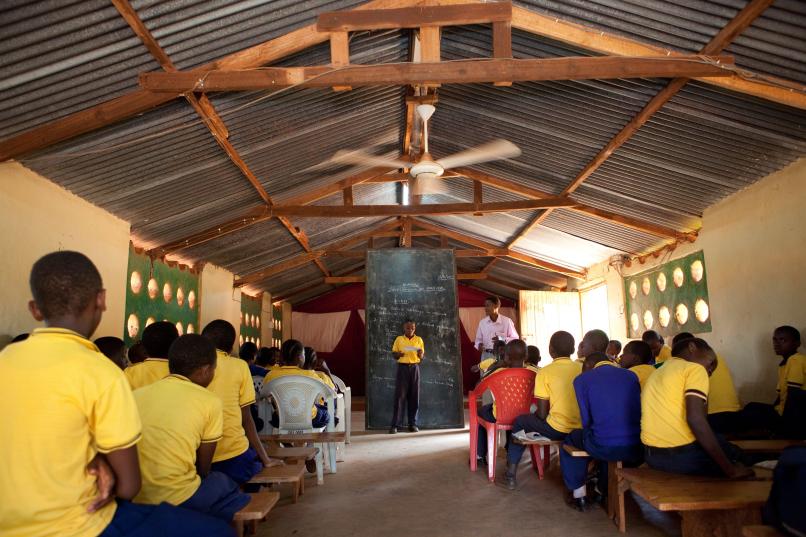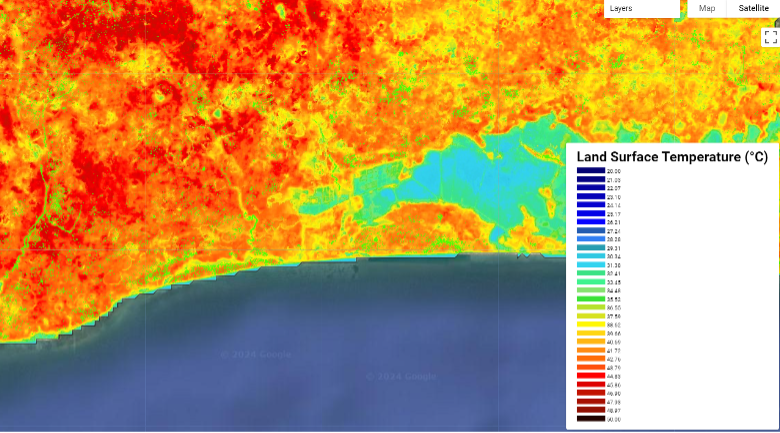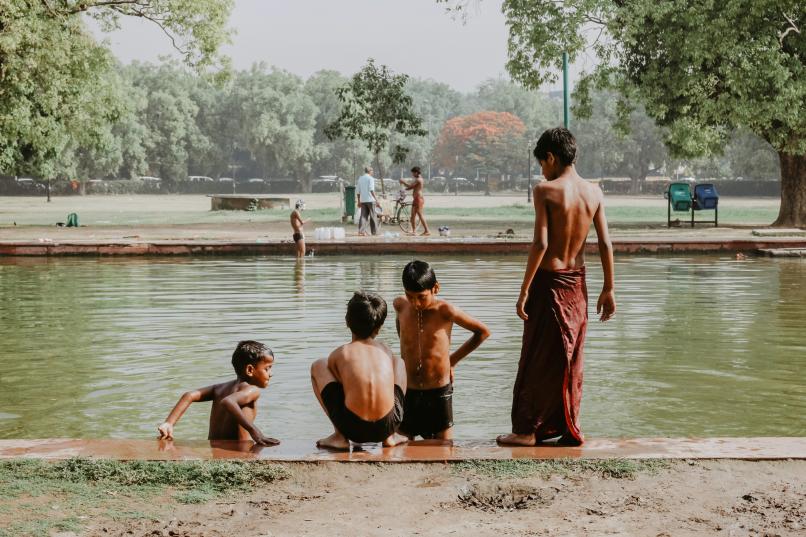Shaping Transitions with Evidence: Insights and Reflections from a Woman in Energy and Data
Over the past several months, I’ve had the privilege of working closely on the Clean Cooking Transition in Schools (CCTIS), a joint initiative between Sustainable Energy for All (SEforALL) and the World Food Programme (WFP)—while also contributing to SEforALL’s Powering Healthcare and Sustainable Cooling teams. As a Data and Learning Officer, my role centres on turning information into insights—helping our teams make evidence-based decisions that support sustainable energy access and transitions, particularly in underserved contexts.
As a woman working at the intersection of data science and sustainable energy, I often reflect on my journey into this space. It began over a decade ago when I started working in the Office of Institutional Research, Planning and Effectiveness at Colorado State University. I was fortunate to be part of a team composed mostly of women—something still too rare in data and technical fields. Being surrounded by women confident in coding, analytics, and systems thinking helped me see this path as a real possibility for myself. That’s where I discovered my passion for data—learning Structured Query Language (SQL), navigating large datasets, and realizing how information could drive better outcomes.
Now, as I near the end of my sixth year at SEforALL, I’ve had the opportunity to grow not only as a data professional, but also as part of a mission-driven organization where I continue to be inspired by strong women’s leadership in the energy sector. In particular, our CEO, Damilola Ogunbiyi, has been a powerful example of bold, visionary leadership—her unwavering advocacy for universal energy access is a key motivating factor for me.
Building on that inspiration and following my recent completion of advanced training in Data Science, AI, and Machine Learning from MIT, I’m now applying my skills to CCTIS—a project that is both ambitious and urgently needed.
At its core, CCTIS supports the transition from polluting fuels to clean, electric cooking in schools—a shift that has significant implications not only for the environment, but also for health, particularly for school cooks, predominantly women, and students, who are regularly exposed to harmful smoke from traditional cooking fuels like firewood. But such a transition is only possible when schools have the right enabling environment: reliable electricity access, safe and updated indoor kitchen infrastructure, appropriate electrical wiring, and institutional capacity to support the introduction of clean cooking technology, such as electric pressure cookers (EPCs).
In many of the contexts where we work, these are not small hurdles—they’re major structural challenges.
But when those barriers are overcome, we unlock the potential to build better schools—equipped not only with clean cooking solutions but also capable of adopting other critical appliances and systems, including sustainable cooling technologies like refrigerators, fans, and air conditioners that enhance health, nutrition, comfort, and learning outcomes.
What excites me most about this initiative is how we’re using data to help navigate and respond to these challenges. In our fieldwork in Tanzania, we’ve been collecting and analyzing data to better understand how this transition plays out in real school settings. One of the most important insights we’ve uncovered so far came from a linear regression analysis, which showed a statistically significant inverse relationship between the number of children in a school and the litres of food served per child.
In other words: the larger the school, the smaller the average serving size per student.
This finding may seem simple, but it carries powerful predictive capabilities. It helps us anticipate needs, tailor better solutions and to start with smarter planning from the outset. This kind of data helps us move beyond isolated pilots. It enables the design of systems that are realistic, scalable, and responsive to actual needs on the ground.
As I prepare to step away from my role for a while to go on maternity leave, I’ve been thinking more about the future—not just mine, but my son’s. The climate crisis is already reshaping the world he will inherit, and I want to be part of building a more sustainable one.
On the heels of World Health Day, I’ve also been reflecting on the life-saving role energy plays in healthcare. Giving birth soon has brought that into sharp focus for me. Hospitals need reliable, sustainable electricity to power essential equipment, support medical staff, and keep patients safe and comfortable. Yet, for millions of people, that kind of access is still out of reach. Reliable energy access powers healthcare—it enables dignity, safety, and a better future. Everyone deserves that.
That’s why this work matters so much to me. Because sustainable energy access isn’t just about kilowatts or hardware—it’s about powering healthcare, education, and livelihoods. It's about ensuring every person, everywhere, has the opportunity to live a dignified life on a healthy planet.
And that’s why inclusive transitions matter too. The clean energy sector needs more voices—more women, more representation, more lived experience guiding the way forward. I wouldn’t be in this role today without the women who showed me it was possible. I hope I can do the same for someone else.
For these reasons, I’m especially proud that both the CCTIS initiative in Tanzania and SEforALL’s Health Electrification Project in Sierra Leone include a STEM traineeship programme, designed to provide hands-on technical experience for young people—with a strong focus on empowering young women. Through these programmes, trainees receive practical instruction tailored to each context—from setting up, operating, and maintaining electric cooking systems in schools, to supporting the installation and maintenance of energy systems that power healthcare facilities. Each programme is paired with a broader curriculum aimed at strengthening technical knowledge, problem-solving skills, and career readiness in the clean energy sector.
It’s about building local capacity—but also about creating space for young women to step into technical roles, lead energy transitions in their own communities, and see themselves in careers they may not have imagined before.
That's the kind of impact that transforms not just systems—but futures.










